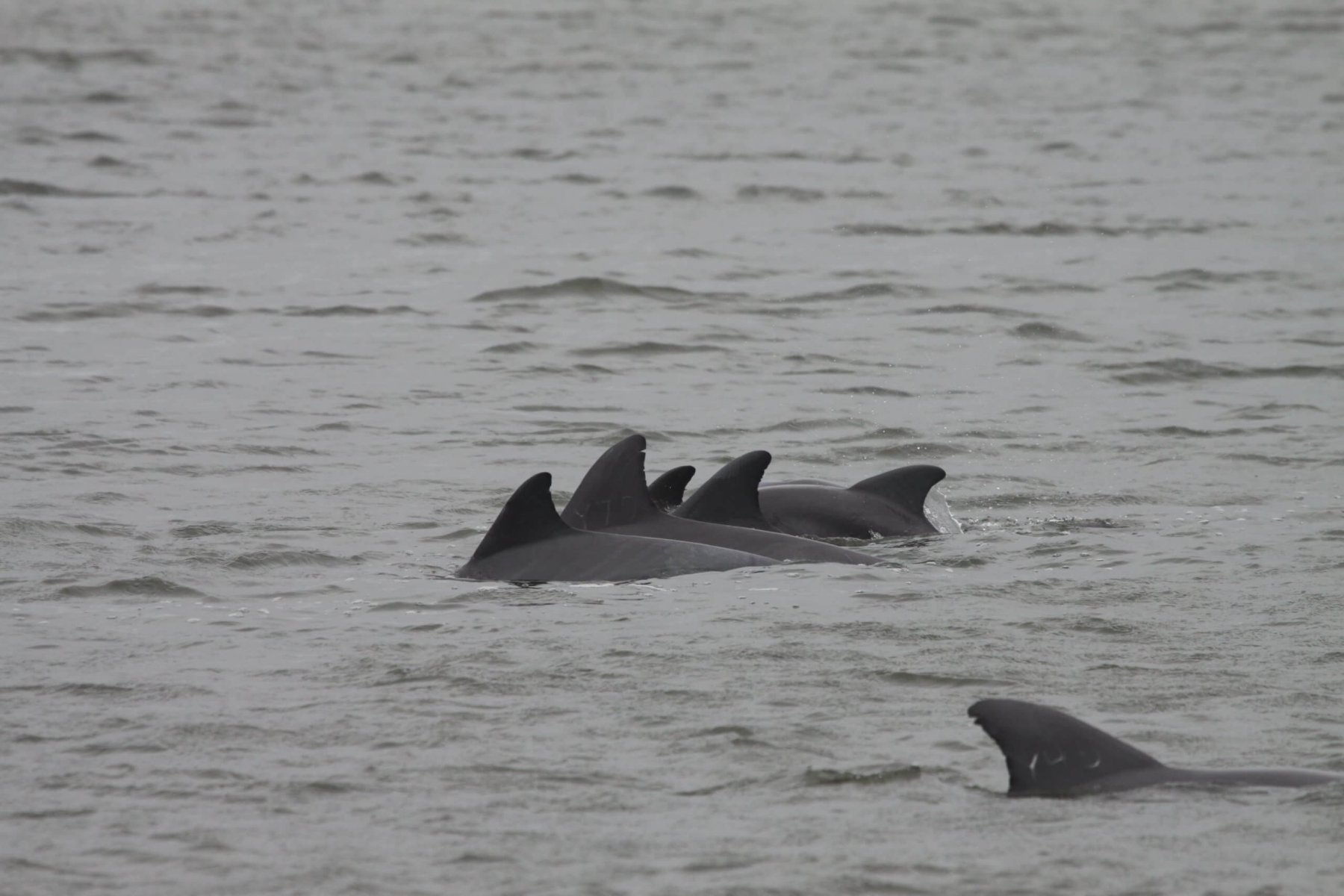Report on Ecotourism and Sustainable Development at Ningaloo Reef, Western Australia
Introduction
This report analyzes the sustainable tourism practices observed at Ningaloo Reef and Cape Range National Park in Western Australia. The region serves as a case study for the successful integration of tourism with key United Nations Sustainable Development Goals (SDGs), particularly those concerning environmental conservation and sustainable economic growth. The analysis focuses on marine and terrestrial ecosystem protection, responsible resource management in accommodation, and the promotion of a sustainable local economy.
Conservation of Marine Ecosystems (SDG 14: Life Below Water)
Biodiversity and Ecological Significance
Ningaloo Reef is a marine ecosystem of global importance, directly aligning with the objectives of SDG 14: Life Below Water. Its key characteristics include:
- It is the world’s largest fringing reef, stretching approximately 300km.
- The reef’s proximity to the shore makes it a unique and accessible ecosystem for regulated observation.
- It is a critical habitat and migration route for a diverse range of marine species, including:
- Whale sharks (Rhincodon typus), with 300-500 individuals passing through annually.
- Humpback whales.
- Manta rays.
Sustainable Marine Tourism Practices
Tour operators, such as Live Ningaloo, demonstrate a commitment to the conservation targets of SDG 14 through highly regulated ecotourism activities. These practices ensure that tourism does not compromise the health of the marine environment.
- Minimizing Disturbance: Operations are limited to small group tours to reduce pressure on wildlife and the reef ecosystem.
- Expert-Led Conservation: Tours are guided by marine scientists who provide education and enforce strict protocols for wildlife interactions, ensuring the well-being of species like the whale shark.
- Regulated Interactions: Activities such as swimming with whale sharks are conducted with military precision, using spotter planes and coordinated in-water positioning to minimize disruption to the animals’ natural behavior. This model supports the sustainable use of marine resources for economic benefit without causing significant environmental degradation.
Protection of Terrestrial Ecosystems (SDG 15: Life on Land)
Cape Range National Park
The region’s conservation efforts extend beyond the marine environment, encompassing the adjacent Cape Range National Park and contributing to SDG 15: Life on Land. The park represents a unique landscape where arid, terrestrial ecosystems meet the ocean.
- The park covers 50,581 hectares of canyons, gorges, and desert terrain.
- It provides a habitat for significant terrestrial wildlife, including kangaroos, emus, and the threatened black-footed wallaby, highlighting its importance for biodiversity conservation.
- Low-impact activities such as guided hikes to Yardie Creek are promoted, allowing for appreciation of the natural heritage while minimizing the human footprint.
Sustainable Accommodation and Resource Management (SDG 6, SDG 11, SDG 12)
A Model for Responsible Operations
Accommodation in the area, exemplified by Sal Salis, eschews large-scale resort development in favor of low-impact alternatives that align with multiple SDGs.
- Sustainable Infrastructure (SDG 11): The use of semi-permanent luxury tents set within the natural dunes represents a form of sustainable community infrastructure that preserves the area’s natural and cultural heritage.
- Responsible Consumption and Production (SDG 12): The facility operates on principles of responsible resource management.
- Meals feature locally sourced ingredients, supporting sustainable supply chains.
- The camp operates off-grid, with no air conditioning, thereby reducing energy consumption.
- Clean Water and Sanitation (SDG 6): Water, a scarce resource in the region, is managed with extreme care. A mandatory three-minute shower policy is enforced to promote water conservation among guests, directly supporting the goal of responsible water management.
Economic and Social Sustainability (SDG 8: Decent Work and Economic Growth)
Ecotourism as a Driver for a Sustainable Economy
The tourism model in the Ningaloo region provides a clear example of how environmental stewardship can drive sustainable economic growth, a core tenet of SDG 8: Decent Work and Economic Growth.
- The industry creates specialized, decent work for local residents, including roles for marine scientists and expert guides.
- It supports small, conservation-focused businesses that reinvest in the protection of the natural assets upon which they depend.
- This approach fosters a resilient local economy that is not based on resource extraction but on the sustainable use and preservation of its unique natural environment, ensuring long-term viability.
Analysis of Sustainable Development Goals in the Article
1. Which SDGs are addressed or connected to the issues highlighted in the article?
The article on Ningaloo Reef and its surrounding areas touches upon several Sustainable Development Goals (SDGs) by highlighting the interplay between tourism, conservation, and natural resource management. The following SDGs are relevant:
- SDG 8: Decent Work and Economic Growth – The article describes a local economy heavily based on tourism, including tour operators and luxury accommodations that provide jobs.
- SDG 12: Responsible Consumption and Production – The practices of the tourist accommodation, such as water conservation, point towards sustainable consumption patterns.
- SDG 14: Life Below Water – This is a central theme, with a focus on the conservation of Ningaloo’s coral reef, whale sharks, humpback whales, and other marine species.
- SDG 15: Life on Land – The article also explores the terrestrial environment of Cape Range National Park, mentioning its unique landscape and the protection of its wildlife.
2. What specific targets under those SDGs can be identified based on the article’s content?
Based on the issues and activities discussed, several specific targets can be identified:
- Under SDG 14 (Life Below Water):
- Target 14.2: “By 2020, sustainably manage and protect marine and coastal ecosystems to avoid significant adverse impacts…” The article’s entire focus on the “incredibly important” Ningaloo Reef and the conservation-minded tours directly relates to the protection of this vital coastal ecosystem.
- Target 14.7: “By 2030, increase the economic benefits… from the sustainable use of marine resources, including through sustainable management of… tourism.” The article highlights how swimming with whale sharks is a major tourist attraction, and it emphasizes that the tour operator “keeps conservation at its heart and disturbances to sharks at a minimum,” which is a clear example of sustainable marine tourism.
- Under SDG 15 (Life on Land):
- Target 15.1: “By 2020, ensure the conservation, restoration and sustainable use of terrestrial and inland freshwater ecosystems and their services…” The description of Cape Range National Park as “50,581 hectares of unspoilt canyons, gorges and ochre-toned desert” points to the conservation of a significant terrestrial ecosystem.
- Target 15.5: “Take urgent and significant action to reduce the degradation of natural habitats, halt the loss of biodiversity and… protect and prevent the extinction of threatened species.” The article explicitly mentions spotting “black foot wallabies (a threatened species),” highlighting the importance of the park in protecting vulnerable wildlife.
- Under SDG 8 (Decent Work and Economic Growth):
- Target 8.9: “By 2030, devise and implement policies to promote sustainable tourism that creates jobs and promotes local culture and products.” The article describes a tourism model that employs local experts (guides are “marine scientists”) and promotes local products through “delicious meals featuring locally sourced ingredients.”
- Under SDG 12 (Responsible Consumption and Production):
- Target 12.2: “By 2030, achieve the sustainable management and efficient use of natural resources.” The mention of the “three-minute shower policy to preserve water” at the Sal Salis camp is a direct example of promoting the efficient use of a critical natural resource in a desert environment.
3. Are there any indicators mentioned or implied in the article that can be used to measure progress towards the identified targets?
The article provides several qualitative and quantitative pieces of information that can serve as indicators for the identified targets:
- For Target 14.2 & 14.7:
- Indicator: The annual migration numbers of whale sharks (“between 300 and 500 whale sharks”). A stable or increasing population is an indicator of a healthy ecosystem and sustainable tourism practices.
- Indicator: The existence of tour operators with a stated conservation focus (“The tour keeps conservation at its heart”). The number of such operators and their adherence to these principles can be measured.
- For Target 15.1 & 15.5:
- Indicator: The size of the protected land (“Cape Range National Park, home to 50,581 hectares”). This is a direct measure of the area under conservation.
- Indicator: The status of threatened species. The article identifies “black foot wallabies (a threatened species).” Monitoring the population of this species within the park would be a key performance indicator for biodiversity protection.
- For Target 8.9:
- Indicator: The use of local products in the tourism supply chain. The mention of “locally sourced ingredients” is an indicator of tourism benefiting local producers.
- Indicator: Employment of local specialists. The fact that tour guides are “marine scientists” indicates the creation of high-skill jobs related to the local environment.
- For Target 12.2:
- Indicator: Implementation of resource-saving policies. The “three-minute shower policy to preserve water” is a specific, measurable policy aimed at resource efficiency.
4. Summary Table of SDGs, Targets, and Indicators
| SDGs | Targets | Indicators |
|---|---|---|
| SDG 14: Life Below Water | 14.2: Sustainably manage and protect marine and coastal ecosystems.
14.7: Increase economic benefits from sustainable use of marine resources, including tourism. |
– Existence of conservation-focused tour operators. – Annual population of migrating whale sharks (“300 and 500”). – Protection of the “world’s largest fringing reef.” |
| SDG 15: Life on Land | 15.1: Ensure conservation and sustainable use of terrestrial ecosystems.
15.5: Protect and prevent the extinction of threatened species. |
– Area of protected land (“Cape Range National Park, home to 50,581 hectares”). – Identification and presence of a “threatened species” (black foot wallabies). |
| SDG 8: Decent Work and Economic Growth | 8.9: Promote sustainable tourism that creates jobs and promotes local products. | – Employment of local experts (“marine scientists” as guides). – Use of “locally sourced ingredients” in tourist accommodations. |
| SDG 12: Responsible Consumption and Production | 12.2: Achieve the sustainable management and efficient use of natural resources. | – Implementation of a “three-minute shower policy to preserve water.” |
Source: metro.co.uk







